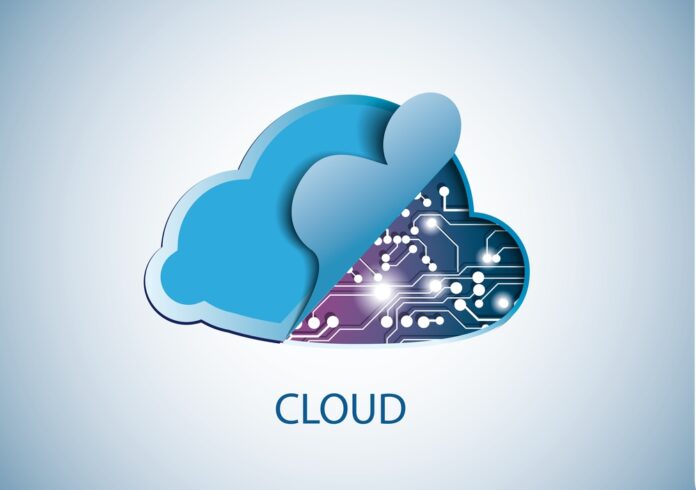All cloud computing are not equal. Depending on the performance parameters and different requirements Enterprises buys public or private cloud.
Some of the clouds are inherently provisioned as well as prepared for heavy transactional workloads with strong Input, Output controls, and some are pre-engineered for superior storage as well as some have supercharged accelerated and complex information processing or data analytics capabilities, some are memory-optimized. Some cloud may break that means they start to function in a way that does not map or track to the way they were initially brought to life. Before moving to this state how can we identify and fix the problem is the question.
By studying data like application metrics, events, logs, and traces for identifying behaviors that deviate from normal operating patterns. When these data types fail to show the values helps to realize that it might be running an abnormal anomalous cloud. Symptoms of cloud failure are cloud start to fall out of kilter if they have been spun-up, they might also look shaky if they over-utilize database Input or Output calls, and if they leak memory or if they exhibit other anomalous application behavior such as increased latency, resource constraints, error rates.
Amazon Web Services (AWS) mentioned that more organizations move to cloud-based application deployment and microservice architectures to globally scale businesses and operations, applications have become increasingly distributed to meet the needs of the customer. Cloud programmers and operations staff have to find a way for identifying broken clouds faster and fixing the issue.
The Amazon DevOps Guru identifies anomalous application behavior that could cause service disruptions or potential outages as well as it will alert developers with issue details such as resources involved, issue timeline, related events with help of Amazon Simple Notification Service (SNS) as well as partner integrations like Atlassian Opsgenie and PagerDuty that help them quickly understand the potential impact and possible causes of the issue with specific recommendations for remediation.
When any issues arise developers can use remediation suggestions from Amazon DevOps Guru to reduce the time to resolution as well as they can improve application availability and reliability with no manual setup or ML expertise.

